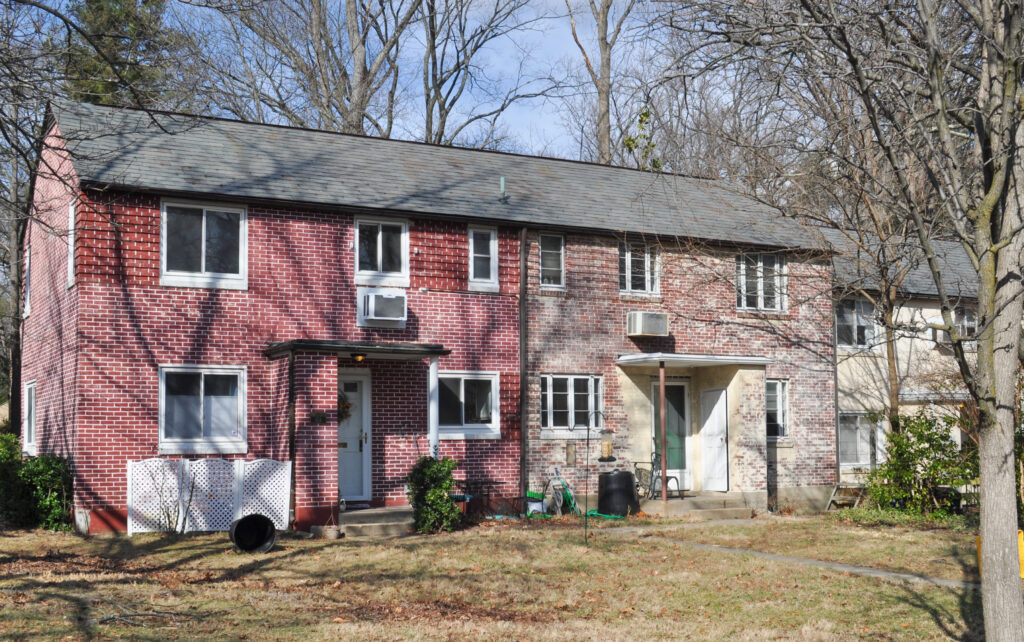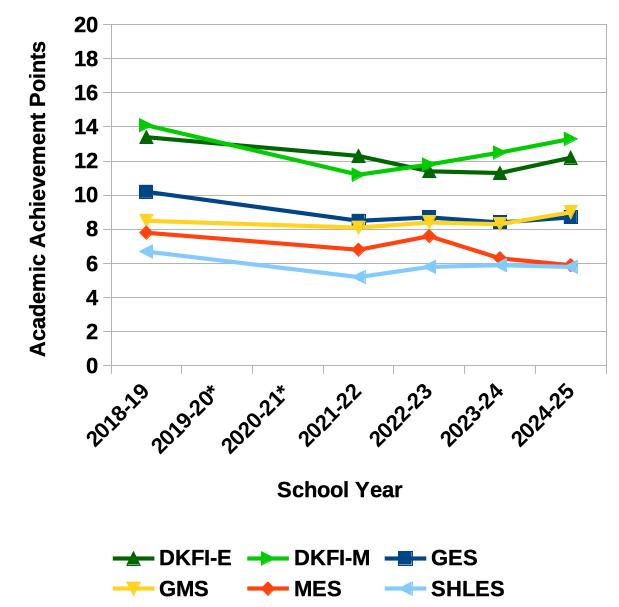Despite complaints about bills on local social media, the utilities Town Hall meeting of February 18 wasn’t well-attended by residents up in arms (see the meeting report on page 11). City staff and utility and state government representatives outnumbered residents.
Pepco shows a noticeable increase in rates between last winter and this. Coupled with a cold snap, the impact is significant and especially so for Greenbelt Homes, Inc. (GHI) residents, most of whose homes are all electric.
Huge Bills
On the Greenbelters’ Facebook page, residents complain of recent bills over $700 and up to nearly $1,000 even while barely staying warm. Residents who elected to continue using the resistance (baseboard) heaters – which use about four times the energy as the heat pump solution – were particularly hard hit as temperatures plummeted.
A Complicated Picture
Monthly electric bills are comprised of a delivery fee and a supply fee both based on the amount of energy used, plus a customer charge that is a smaller flat fee. There are also local taxes and multiple surcharges that relate to infrastructure investment and the cost of efficiency incentives. Delivery fees include the investments utility companies make in maintaining, repairing or improving the grid (poles, wires, substations, etc.). Supply is the actual cost of the power. For electricity, all these costs have been rising and companies have also been permitted by the Maryland Public Service Commission to recoup their infrastructure
investment costs faster, making delivery charges rise even more steeply.
For natural gas, billed similarly, delivery cost also reflects companies updating their infrastructure, but because the cost of natural gas itself has gone down the increase is less visible.
Electricity
Below, for comparison, we use the total of the bill Pepco and Washington Gas would send their customers.
The Office of the People’s Counsel, State of Maryland, showed that in 2024, a consumer using an average of 900 kWh per month with Pepco would pay ~$2,000 total for the year. For the same amount of power BGE would cost $1,900, Delmarva ~$2,100, Potomac Edison ~$1,320 and SMECO ~$1,470. Pepco, BGE and Delmarva are all subsidiaries of Chicago-based Exelon Corporation and all three are more expensive than Potomac Edison and SMECO – the other two companies serving Maryland.
SMECO is the Southern Maryland Electric Cooperative, formed in 1937. Potomac Edison did not increase its electricity prices from 1994 to 2018 though they have risen steadily since, but they are still only about 65 percent of Delmarva’s. Potomac Edison’s parent company has its own generating plants but the other companies purchase a much larger share of the power they distribute.
Why the Rise in Supply Costs?
Maryland has shut down several power stations in the last several years as it switches away from coal. As a result, more power must be bought from out-of-state generators, especially in extreme weather when both demand and prices are higher. The three Exelon companies buy most of their power, and though SMECO has its own solar farm it also purchases the majority of its power (but still keeps its prices down). Potomac Edison (owned by First Energy) generates its own power in Virginia and West Virginia and is less affected by prices on the open market.
Natural Gas Prices
A somewhat different story emerged with natural gas. Washington Gas, which serves Greenbelt, was the lowest-cost Maryland supplier on the basis of the total bill to consumers. The same Office of the People’s Counsel study cited above shows them at ~$1,100 for an annual household consumption of 940 therms (total bill). BGE and Columbia Gas both came in at ~$1,400 for the same level of consumption. This may, alas, be a Pyrrhic victory because Washington Gas is not upgrading its infrastructure at the same speed as the other utilities, which may mean that rapidly escalating delivery charges await in the future when it attempts to catch up.
Accelerating Energy Costs
The Office of the People’s Counsel study concludes that part of the reason for accelerating cost increases is that the utility companies are being allowed by state regulators to recoup increased infrastructure costs on an accelerated schedule. It recommends that this practice be discontinued. Additional power generation facilities in Maryland have also been cited as essential to keep prices down.
The information presented here is a small fraction of the study. The full report is available on the web at tinyurl.com/y8z6brbj.




